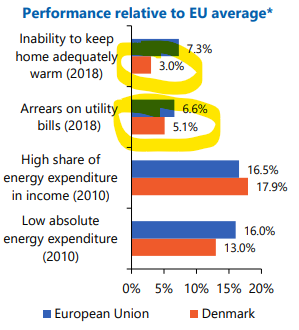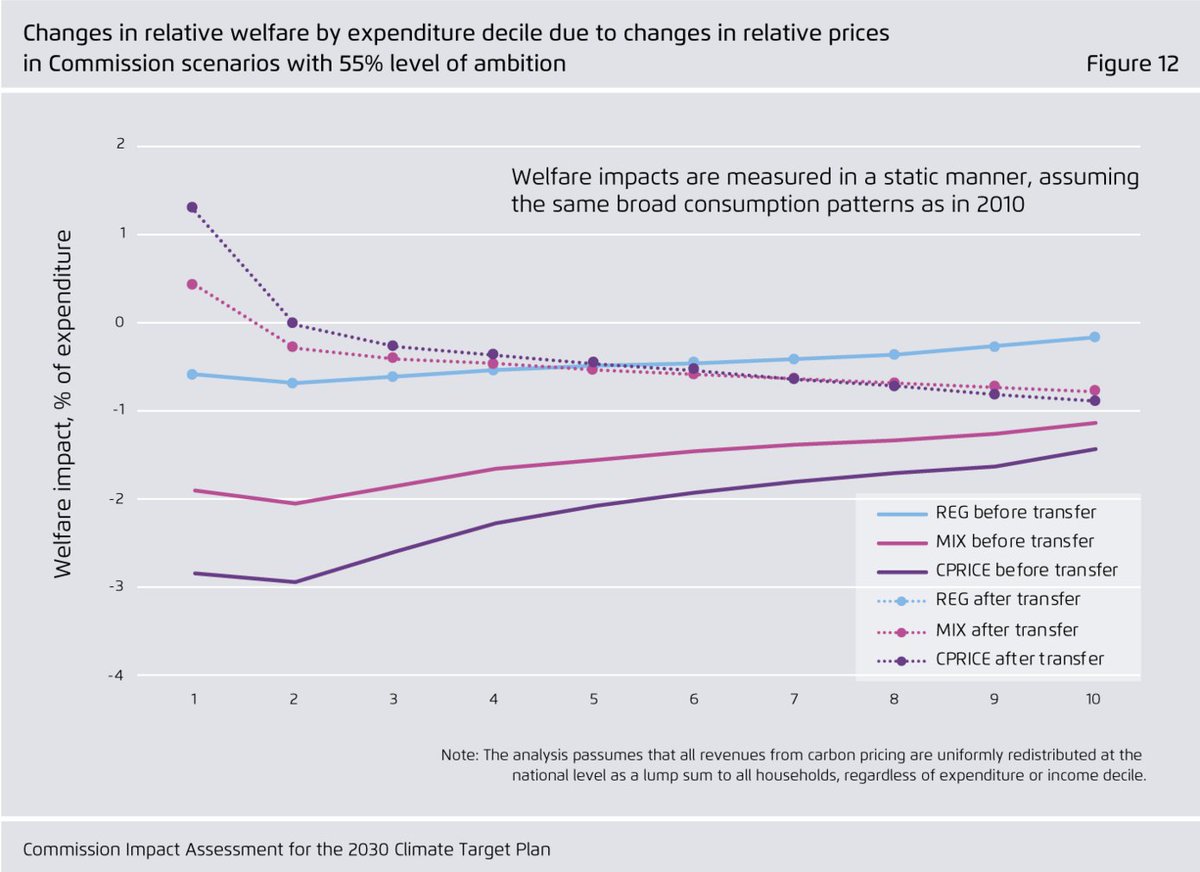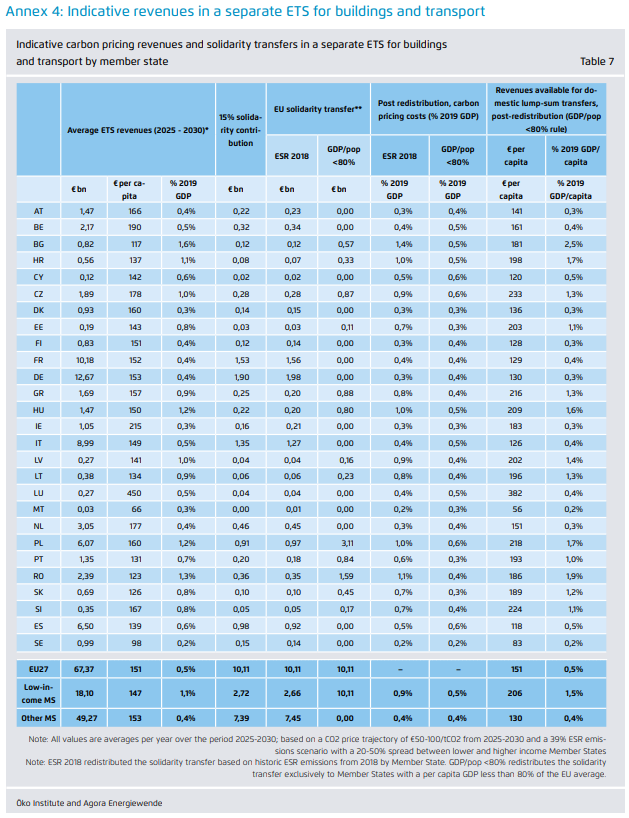What do Denmark and the Netherlands have in common when it comes to energy taxation? They both have effective carbon prices well above €100 per tonne, well above the EU average.
You know what they also have in common? Key energy poverty indicators well below the EU average.



You know what they also have in common? Key energy poverty indicators well below the EU average.




You know what Romania and Bulgaria have in common when it comes to energy taxation? Effective carbon taxes close to €0 per tonne.
You know what they also have in common? Energy poverty well above the EU average.


You know what they also have in common? Energy poverty well above the EU average.



Carbon pricing doesn't cause energy poverty. Failure to address poverty and inadequate social and housing policies do. But while good climate policies also offer solutions to our social and housing crises, failure to act on climate just locks in or exacerbates the status quo.
It is true that carbon pricing makes up a larger share of expenditures for lower income households than for higher income households. This is also reflected in relative expenditure for households across Member States with varying relative wealth.
agora-energiewende.de/en/publication…
agora-energiewende.de/en/publication…

But carbon pricing also generates revenues, which can be redistributed back to households, with progressive income effects. Research on the effect of lump-sum transfers of carbon pricing revenues back to households consistently shows that the poorest households are better off. 

Moreover, governments need not stand idly by as their poorest citizens are saddled with higher costs. They can choose to invest in supporting these households in having cleaner technologies and more comfortable and energy efficient homes. They can choose to address poverty. 

On top of carbon pricing revenues and national budgets, Member States have a range of additional EU sources of funding at their disposal, including the new EU Recovery Fund. Member States, can choose to invest these funds in the well-being of their citizens, a green recovery. 

Last but not least, Member States can choose to recognize the varying levels of wealth in the EU and explicitly choose to provide poorer Member States with solidarity transfers from revenues collected on EU taxation of heating and transport fuels. 

In short, the narrative that carbon pricing on heating and transport fuels will inevitably lead to an aggrevation of social injustices and 'Yellow Jacket' like protest movements is false. It is a choice. Just like it is a choice where we accept these social injustices today.
• • •
Missing some Tweet in this thread? You can try to
force a refresh












